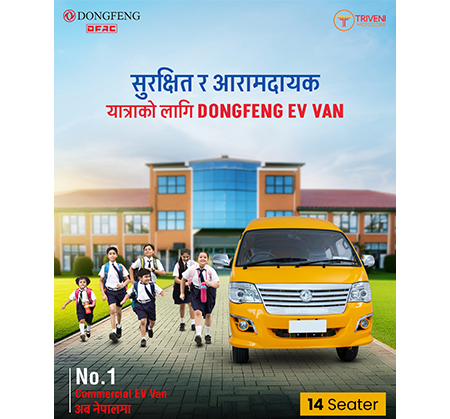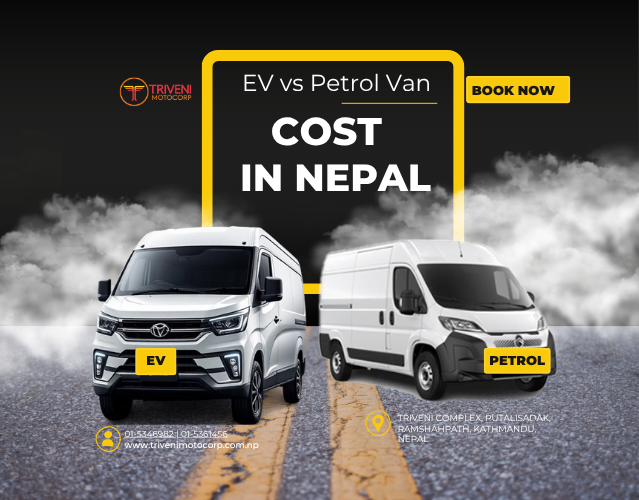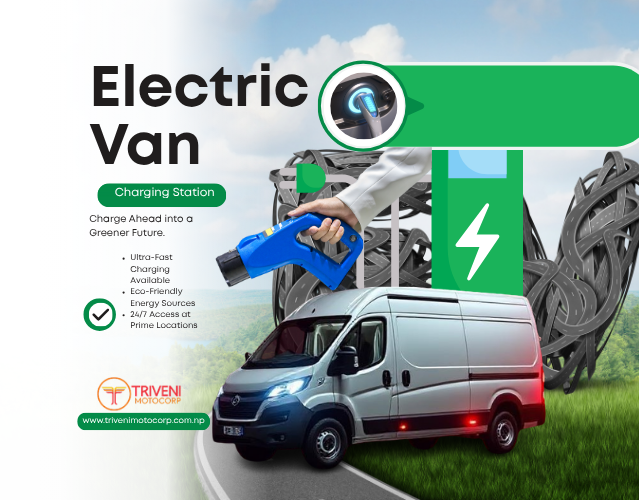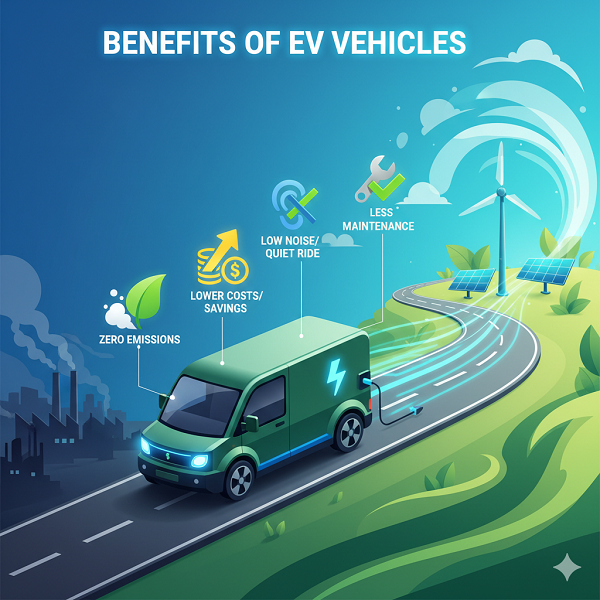
EV School Vans in Nepal – Why Electric Is the Smart Move for Safer, Cleaner Student Transport
Kathmandu’s morning rush hour is already noisy and polluted but the convoy of diesel powered school vans crawling through narrow roads makes it worse. Replacing those vehicles with EV school vans is becoming a game changer for parents, operators and Nepal’s battle against urban air pollution. Nepal is in the middle of an electric mobility surge: more than two thirds of four wheeled passenger imports in 2024 were electric, and customs data show billions of rupees flowing into EV procurement this fiscal year. Health researchers even estimate that a full switch to electric transport in the Kathmandu Valley could add years to average life expectancy by slashing fine particle pollution.
For the daily school run, electric vans simply fit the brief better than diesel. With zero tail pipe emissions, children avoid breathing soot while being picked up and dropped off. Running costs plummet too and electricity is roughly one third the price of diesel per kilometre, and the simpler powertrain means far fewer maintenance stops. Instant torque makes hill starts and stop and go traffic smoother, while the near silent cabin lowers noise stress for students and drivers alike.
In the Nepali market, the spotlight is on Dongfeng EM27 and Dongfeng EV32, which pair a robust chassis from one of China’s largest automakers with a high density lithium ion battery pack and an advanced battery management system. A single overnight charge on a 7KW AC wallbox easily covers Kathmandu’s typical 60 kilometre school day route, leaving ample reserve for errands or unexpected detours. Safety is baked in through UN38.3 certified batteries, AIS 156 compliance, roof hatch emergency exits, speed limiters and high visibility seat belts with ISOFIX anchors.
Government policy sweetens the switch. Electric vans face just 10% customs duty is far lower than diesel equivalents and plus a hefty excise rebate incentive for models under 50KW motor rating. Banks now provide priority commercial EV loans covering up to 80% of the purchase price over seven year tenures, and the Alternative Energy Promotion Centre reimburses half the hardware cost of school fleet chargers. When you line up these incentives against real world operating numbers, the financial logic is clear: on a 60km daily schedule, an EV van’s energy bill is roughly Rs 4 per kilometre compared with Rs 12 for diesel. Factoring in lower servicing requirements, the higher upfront cost is typically recouped in just three and a half years, yielding savings of around seven lakh rupees over a five year horizon.
Getting started is straightforward. First, audit your routes to confirm daily distance, elevation and layover times. Next, install overnight charging one 7kW wallbox per van is usually enough. Provide drivers with regenerative braking training to extend range by an extra 10–15%. Finally, communicate your zero emission credentials to parents: cleaner air and quieter rides resonate strongly with today’s health conscious families. With more than 400 public charging stations already commissioned nationwide and additional subsidies in the pipeline, Nepal’s school transport sector is poised for rapid electrification. Early adopters of Dongfeng DFAC electric vans will secure lasting cost advantages, meet tightening emission standards and the most importantly give children a cleaner, safer ride to class. Going electric isn’t just an environmental choice; it’s smart economics and solid branding for forward-thinking schools in 2025 and beyond.




.png)
.png)